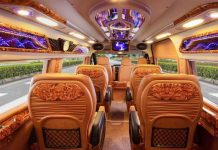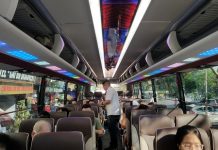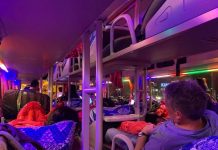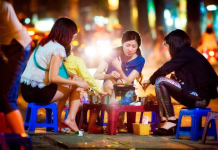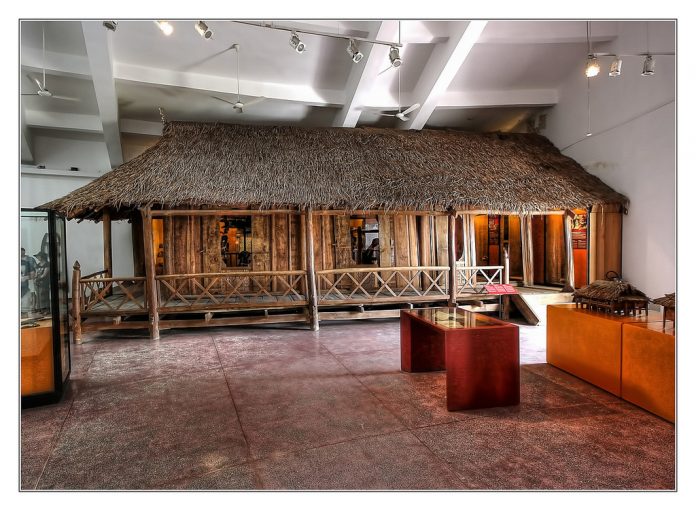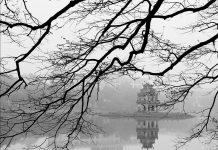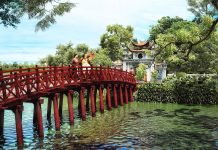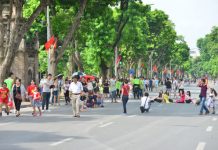Tripadvisor used to rank the Vietnam Museum of Ethnology in the top 25 most fascinating museums in Asia.
>> Read more: Top 17 What to see in Hanoi
Opened in late 1997, the Vietnam Museum of Ethnology has long become a familiar attraction in Hanoi for domestic and foreign tourists. It is a center for preserving tangible and intangible cultural heritages of Vietnam. Recently, TripAdvisor, a U.S. website on tourism, gave the 2nd certificate of excellence to the museum. Accordingly, the Vietnam Museum of Ethnology is ranked sixth among the most fascinating museums in Asia.
The statistics show the Vietnam Museum of Ethnology is one of those destinations which attract the largest number of visitors in Hanoi. The number of visitors to the museum has constantly increased. By the end of 2012, after 15 years of operation, the museum welcomed 3.2 million visitors. This is an impressive figure in the field of museology in Vietnam. The Vietnam Museum of Ethnology is an important cultural center and has great significance. It brings together the identities of the 54 ethnic groups of Vietnam.
Information of the 54 groups can be found in the display area in the Bronze Drum building. Thousands of artifacts used in daily life of the people are exhibited here. Each space represents the unique culture of each group, from the costumes, production tools to rituals and practices. All are resurrected in a real and lively way in this space. All the images here are so familiar. They are very simple, from the famous traditional craft villages such as Chuong conical hat village to the things used in daily life like a bicycle of the northern people. Or the tools for hunting of the Muong ethnic people, etc.
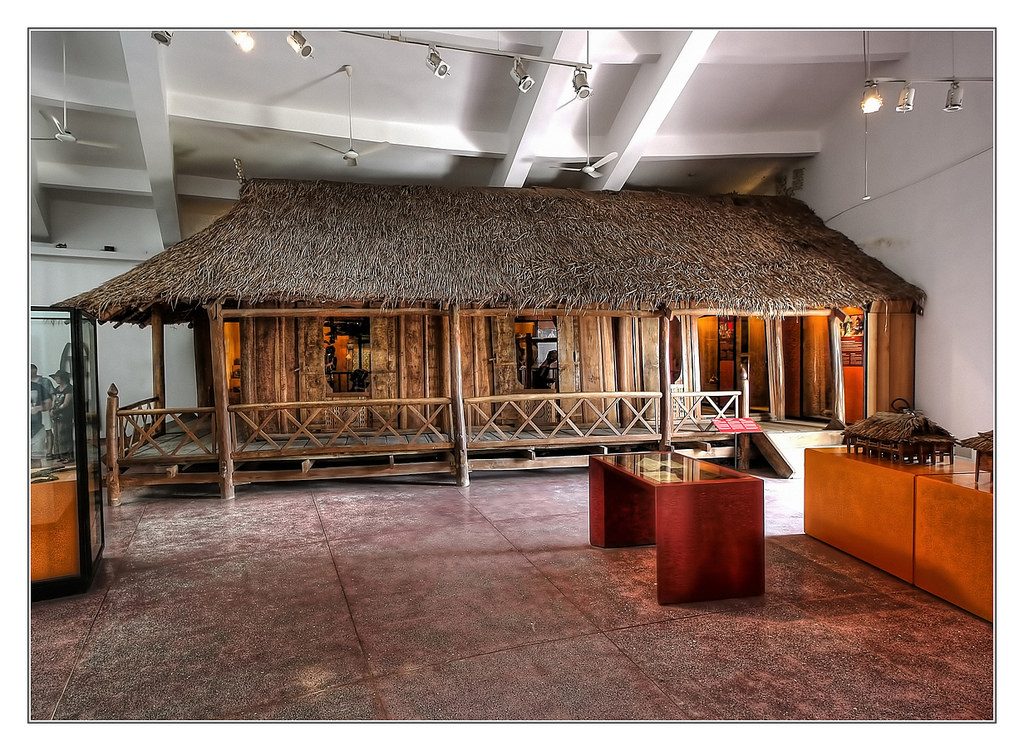
The appeal comes from the rustic and simple artifacts that reflect the colorful life of the groups such as jewelry, clothing, and farming tools…The visitors seem to come to different regions of Vietnam when going through the space. This is also the reason why the visitors are extremely excited here. The museum keeps and displays precious cultural objects of the 54 ethnic groups, including 15,000 artifacts, 42,000 films. They are categorized in accordance with different criteria such as ethnicity, the use, clothing, jewelry, Farming tools, fishing tools, weapons, furniture, musical instruments, religion-belief, weddings, funerals, and mental and social activities.
Here you can see not only paintings, photographs and documentary movies, but also the vivid distinctive cultural features of the Vietnamese people. The artifacts on display at the museum are not expensive. They are familiar things in our daily life such as a knife, a basket, a flute, a pipe, a sedge mat. However, they bring to the visitors deep understanding about the culture of different groups of Vietnam. The museum takes the artifacts as the focus to demonstrate the daily life of the Vietnamese people of different groups, so that the visitors can see the beauty and sophistication in each simple object.
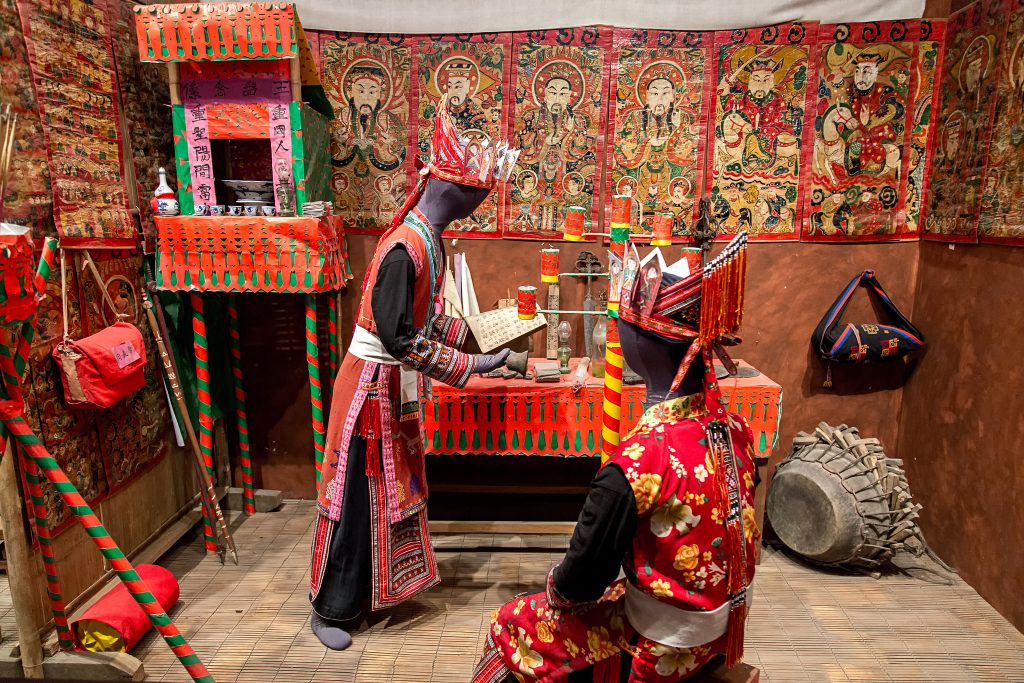
The Vietnam Museum of Ethnography is a fascinating place for sightseeing and learning about the groups, their culture and traditional values. It attracts the wide range of visitors, Vietnamese people, foreigners, students, scientists and so on. The introduction of each displayed object is written in Vietnamese, English and French to facilitate the study of the foreign visitors. The flyers with information about the main contents in Vietnamese, English, French, Chinese, German, Japanese are given free to the visitors. So, when they come to visit the Vietnam Museum of Ethnology, they can still have a considerable understanding of the displayed artifacts.
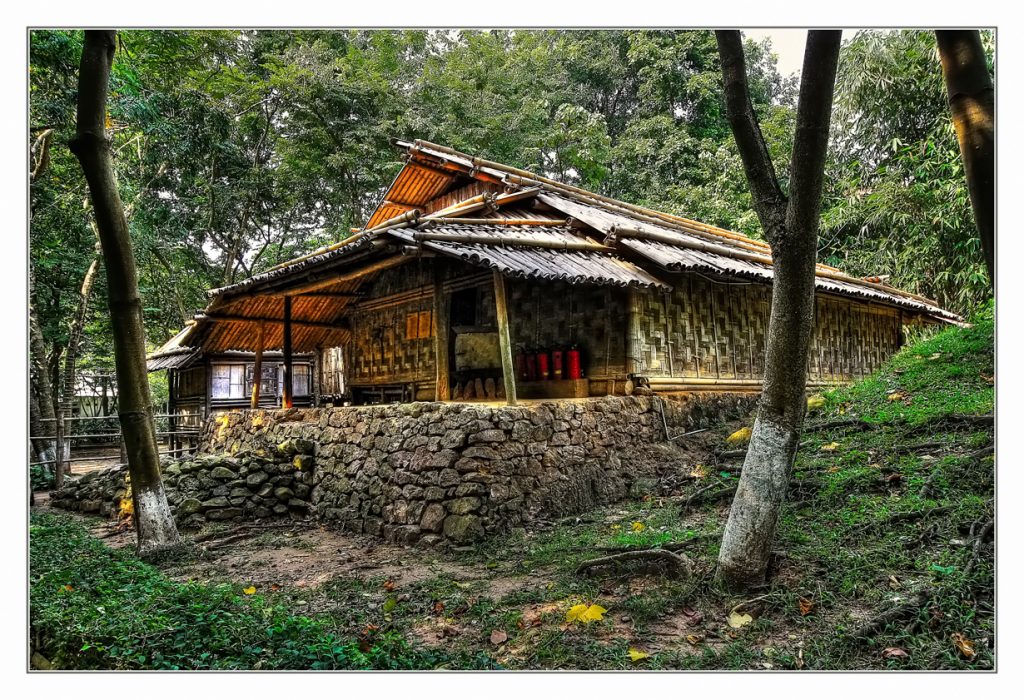
The outdoor exhibition space of the museum is about 2 hectares large. Here features architectural styles of ethnic groups in Vietnam. This space is an additional part of the display area inside the Bronze Drum building and also a green outdoor park and a tourist attraction. The charnel house and statue are distinctive features of traditional culture in the Central Highlands and South Central Coast. Recently, the tradition of building charnel houses is seen in Ba Na, E De, Gia Rai, M’’nong and Xo Dang ethnic groups. Grave statues are a unique kind of sculpture of this land, in which grave statues of the Gia Rai and Ba Na people and richer and more unique.
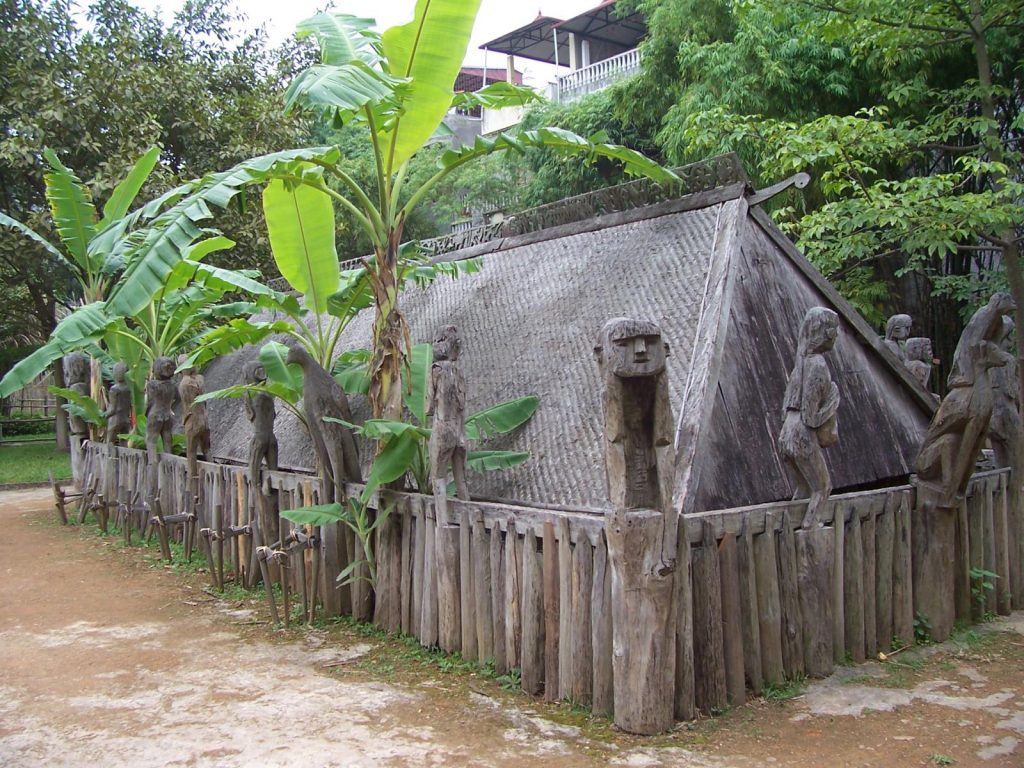
The charnel house of the Gia Rai people leaves in me as well as many other visitors strong impression and feelings of vitality religious values and arts of the Gia Rai people in the Central Highlands. The charnel house is the grave for the dead of a family and a clan. If the charnel house of the Gia Rai people is a community grave, the charnel house of the Co Tu people is an individual grave. The house, the stretcher for carrying the dead, the coffin…are made of wood. The charnel house of the Co Tu people contains both tangible and intangible cultural values. With the unique decoration, the charnel house of the Co Tu people is a fascinating exhibit, adding a new nuance to the ethnic culture in the Vietnam Museum of Ethnology.
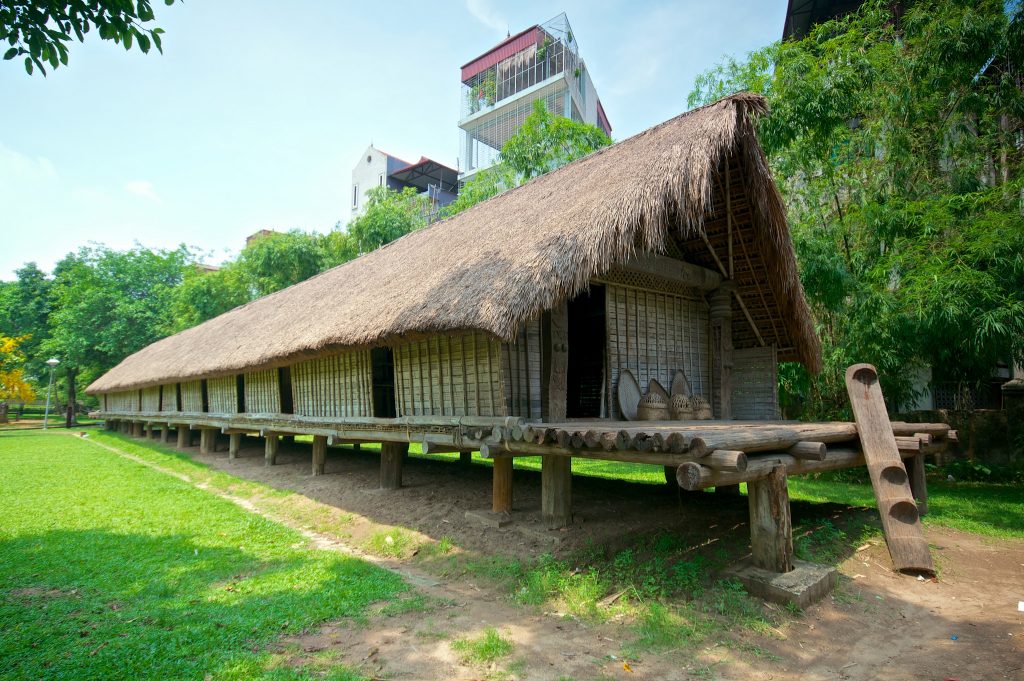
The long house is built from big wooden pillars. Different from, the house on stilts of the northern ethnic minorities, the floor of the long house is 1m above the ground and no livestock is raised below. The house has 2 roofs. Matriarchal features are clearly seen in the house. The stairs are carved with the images of the woman’s breasts and crescent moon, potent symbols of femininity of, matriarchy in the cultural life of the E De people. Everything in the house is also made of materials available in nature.
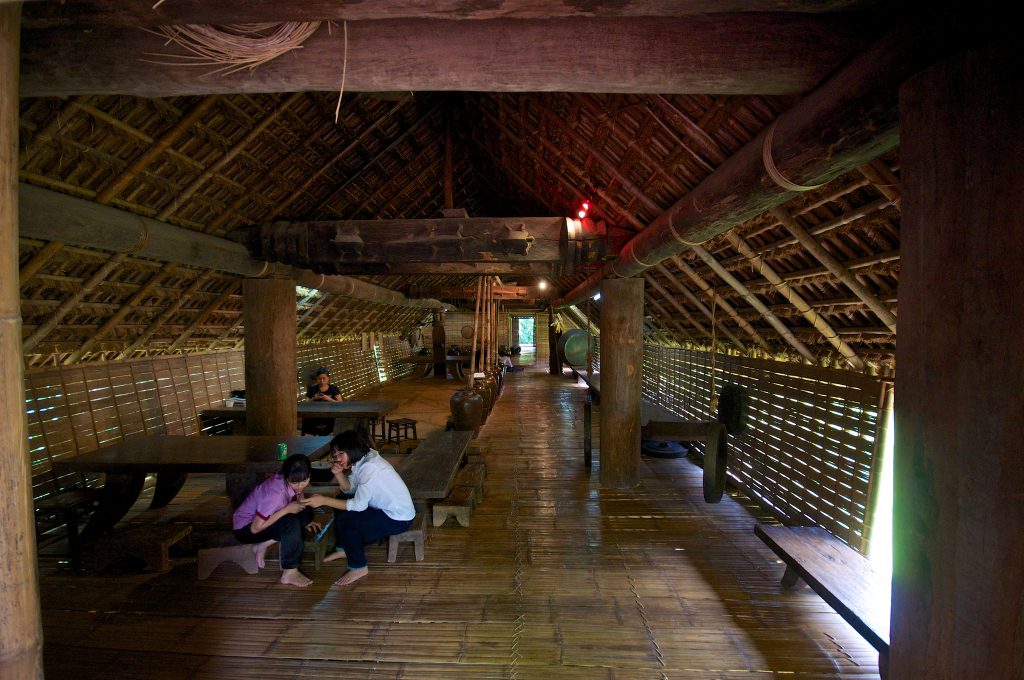
The bench is made from a tree in the forest; the drum is made from skin of the oldest elephant. Everything, from the smallest things to the biggest things, is made from the available material in the sunny and windy highland. With the character of the architectural style and the interesting stories related to the E De ethnic group, the long house attracts numerous visitors when they come to the Vietnam Museum of Ethnology.
In the outdoor space of the museum, the communal house of the Ba Na ethnic people faces the long house of the E De people. The house is built by the Ba Na people with so much enthusiasm and the pride of their culture in the heart of Hanoi. When we talk about architecture of the Central Highlands, we cannot but mention the communal house. Beside significant material values, the house carries spiritual culture of the Highlands residents.
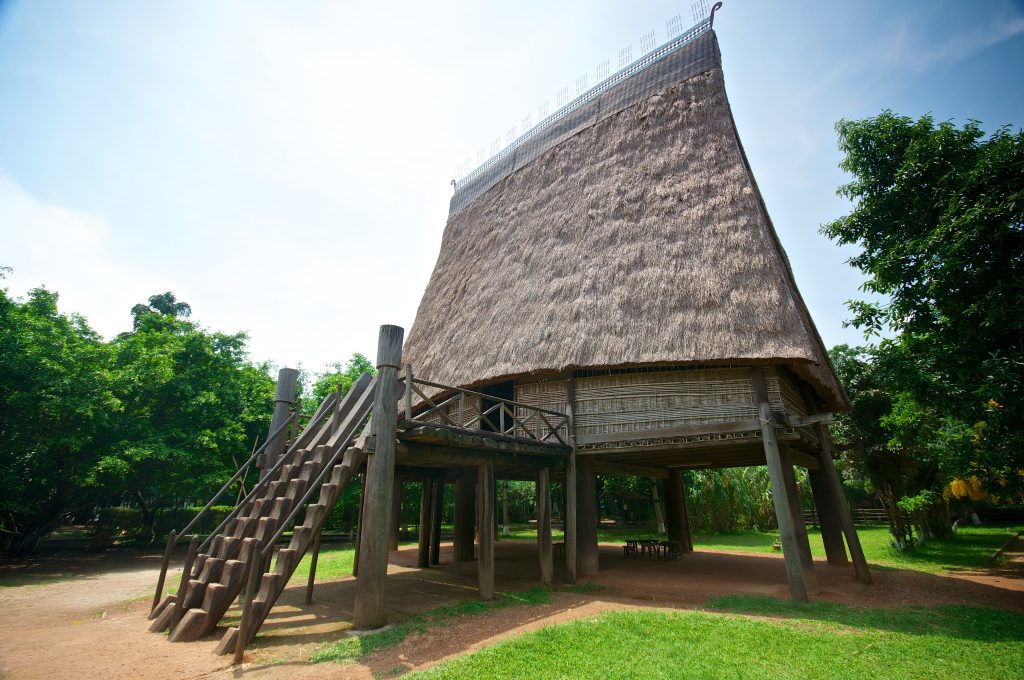
The communal house is located on the campus of the Vietnam Museum of Ethnology. It was made by 29 artisans of the Ba Na in 2003. It has the identical structure of the house in Kon Rbang village, Vinh Quang commune, Kon Tum city. The house has a height of 19 meters. The floor is built 8 wooden pillars whose diameters is 60cm and the beams that are 15 meters long. The communal house helps the visitors partly understand about life and culture in the Central Highlands.
If you have not once set foot in the northern mountainous provinces or learned much about the H’Mong culture, let’s go to the Vietnam Museum of Ethnology. The house of the H’Mong on display at the museum is one of the 10 original houses of the ethnic minorities in Vietnam. It is built by the H’Mong people. The house was moved in here from De Cho Chua village, Pung Luong commune, Mu Cang Chai district – Yen Bai in 1999 and is made entirely of Fokienia wood. This space includes jute loom, forge, horse stable, the main house and kitchen. The house has no windows, only 2 doors: a main door and a door on the left side for women.
Inside the house there are various tools for daily activities of every H’Mong family. When you come to the Vietnam Museum of Ethnology, do not miss the opportunity to visit and learn about the culture and architecture of the H’Mong people in northern Vietnam. Perhaps my favorite space in the outdoor complex of architectural buildings at the museum is the house of the Ha Nhi people. This house is made as a copy of Trang A Lu’s house, Lao Chai village, Bat Xat district, Lao Cai. The work has funded by the Finnish Embassy in Vietnam.
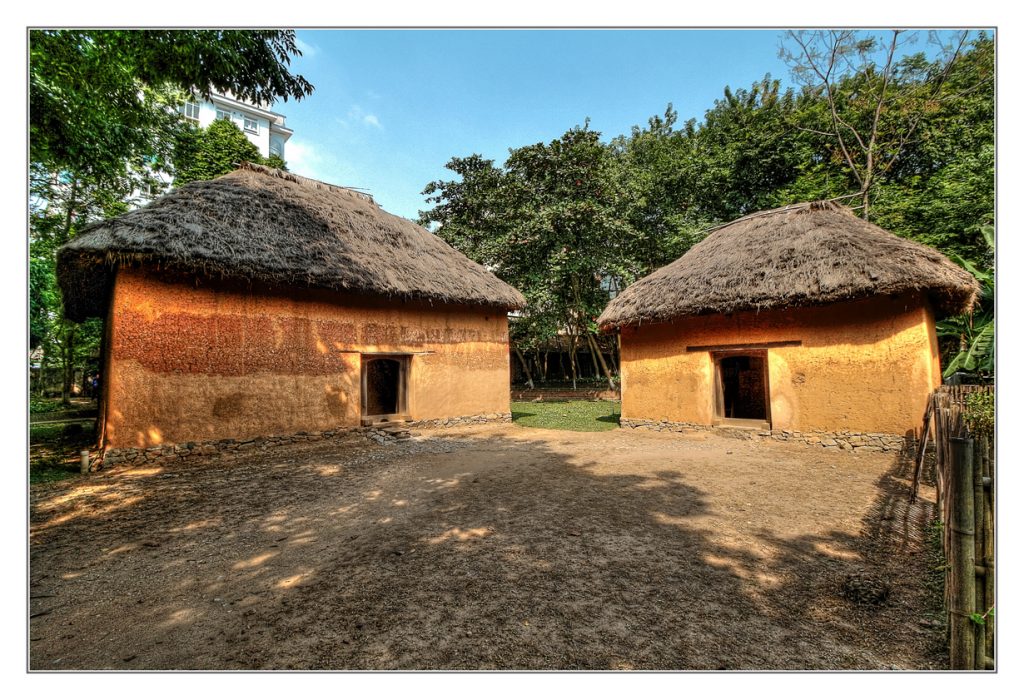
The traditional house of the Ha Nhi people has a popular architecture in some ethnic groups in the North mountainous provinces. Its walls are made from a special soil. It is 40cm thick. The house releases heat in summer and keeps warm in winter. The house of the Ha Nhi people is also the attractive venue to visitors. And the familiar space of the Viet group cannot fail to be mentioned. This group accounts for 87% of the national population. The familiar images of the wooden 5-compartment house and meticulously carved patterns on wood or the square yard create an ancient look for this space.
With the rapid development of society, not all the Viet people know about the traditional houses of their people. In front of the house of the Viet people is a space for water puppet show of the troupes from Nam Dinh, Hai Duong, Hanoi…Let’s come to the Vietnam Museum of Ethnology to learn about in traditional space of the Vietnamese people.
Source: VTC10 – NETVIET


